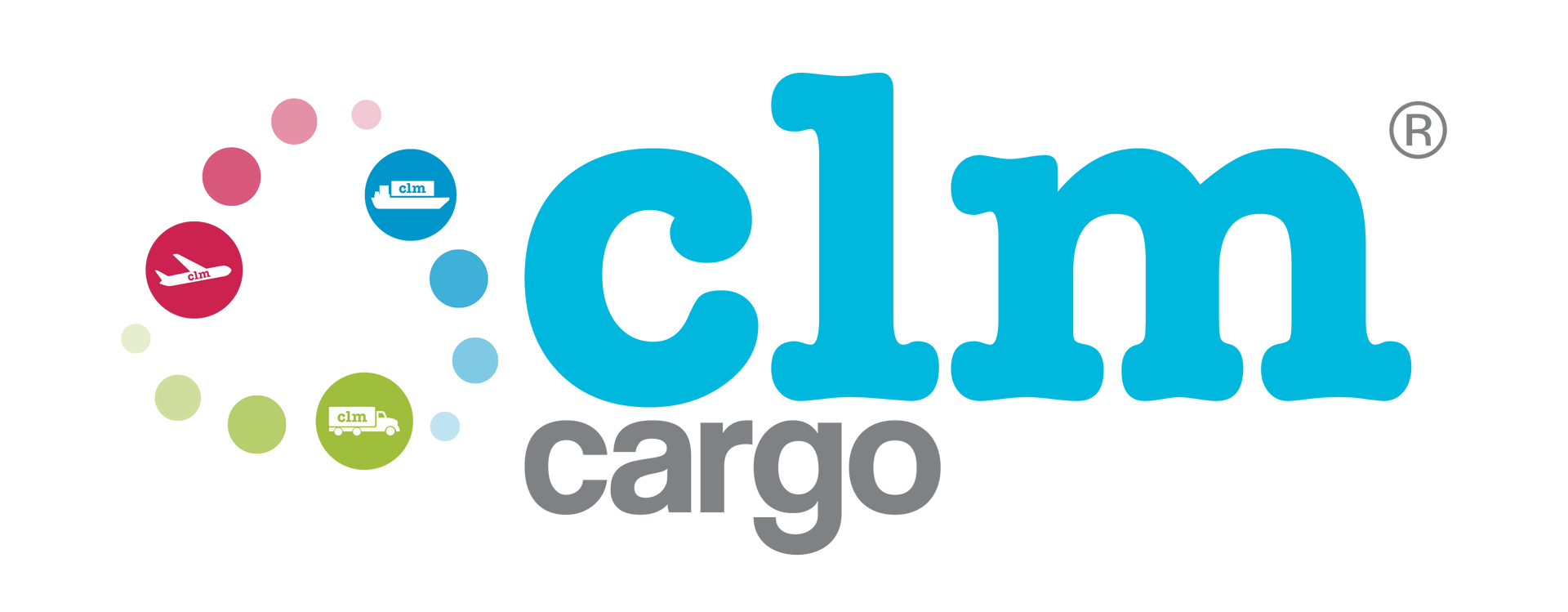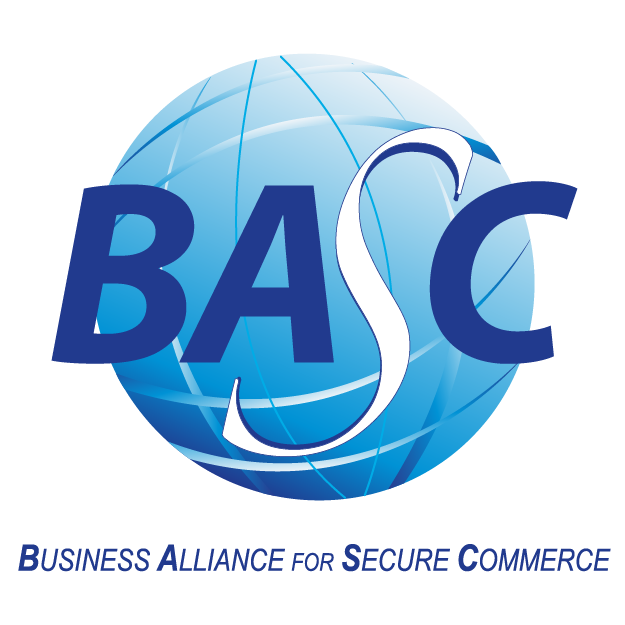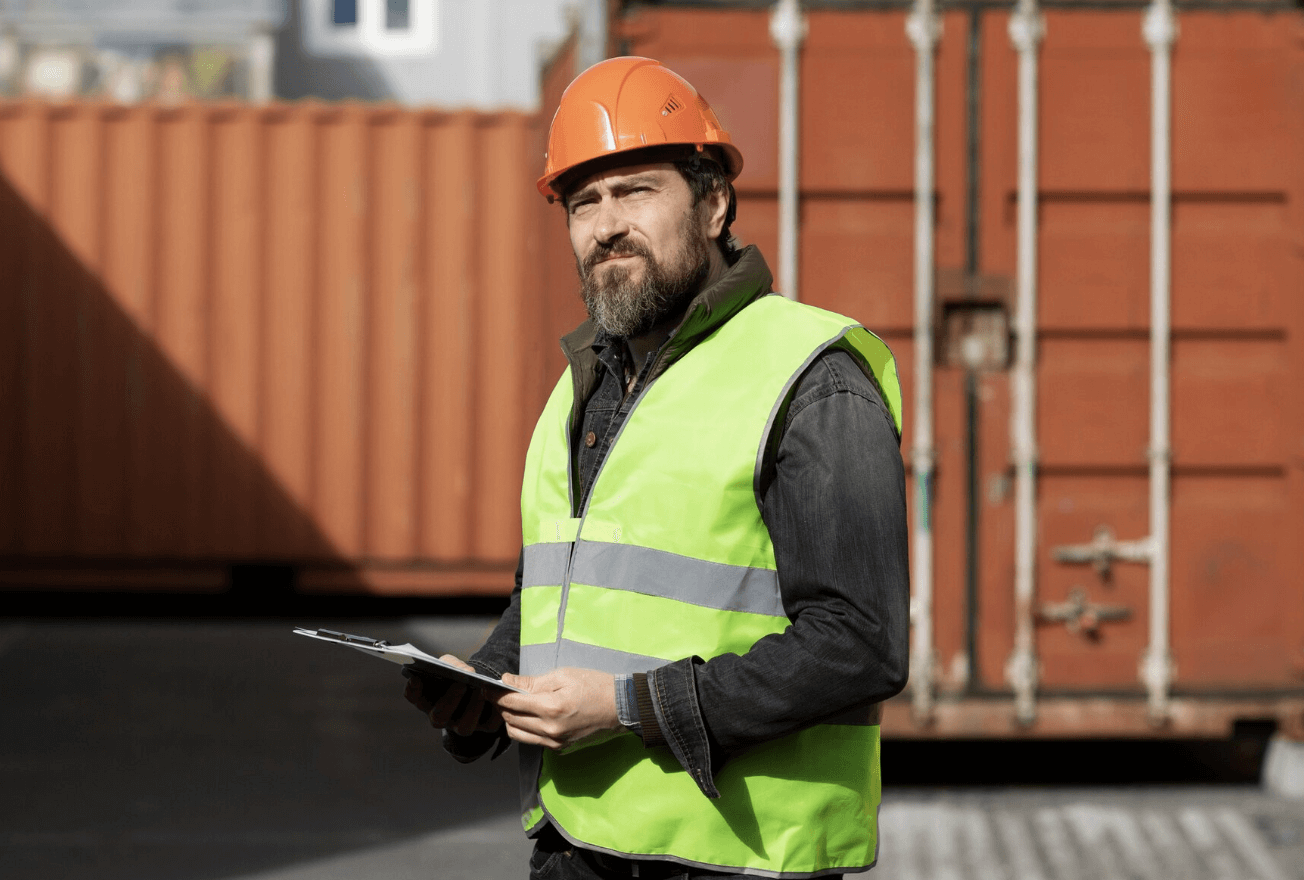
DTA (Customs Procedure Fee) and Its Role in International Trade
The DTA, or Derecho de Trámite Aduanero (Customs Procedure Fee), is essential for the movement of goods in international trade. A proper understanding of it benefits both importers and exporters in operations under customs control. Customs transit enables the movement of goods without the need to nationalize them. This process is regulated by DIAN, which ensures compliance with all necessary regulations and controls.
DTA and Its Relevance in Foreign Trade
The Customs Procedure Fee (DTA) is a vital component in international trade, facilitating the movement of goods across borders. Understanding it is crucial for recognizing its impact on logistics and commercial operations.
Meaning of DTA
The DTA is a charge for the use of customs facilities and services. Essentially, it is a fee paid by importers to formalize the process of moving goods. This fee is crucial for maintaining and upgrading customs infrastructure and operations by funding improvements and modernization.
The Role of DTA in Customs
The DTA serves multiple purposes:
- It facilitates the control and regulation of foreign trade by ensuring goods comply with national regulations, helping prevent smuggling and undeclared shipments.
- It allows customs to reinvest in operations, including advanced technologies for inspections and control processes.
- Effective DTA management contributes to a more secure and orderly foreign trade environment.
Benefits of Paying the DTA
Paying the DTA offers several key advantages for companies involved in international trade:
- Access to high-quality customs services, speeding up goods clearance.
- Easier compliance with regulations, reducing the risk of penalties or legal issues.
- Support for continuous customs modernization, boosting national competitiveness.
- Eligibility for continuous improvement programs that help optimize commercial operations.
These benefits highlight that the DTA is more than a fee—it’s a fundamental element that supports foreign trade and national economic growth.
Customs Transit: Fundamentals and Process
Customs transit is a key process in international trade designed to facilitate the movement of goods between customs points. Below are the key concepts and modes involved.
Definition of Customs Transit
Customs transit is a regime that allows goods to be transported from one point to another under customs authority control, without being nationalized in the destination country. It ensures safe and regulated transportation within the framework of customs law.
Transit Modalities
There are various forms of transit, each tailored to specific trade needs. The main ones include:
- Transformation and Assembly
- Temporary Admission for Processing
- Industrial Processing
Transformation and Assembly
This modality allows the transport of materials for transformation or assembly in the destination country. It promotes industrial development by easing the import of essential production inputs.
Temporary Admission for Processing
This refers to the temporary import of goods requiring specific processes, such as repair or modification. Afterward, goods may be re-exported or legally entered into the local market under controlled conditions.
Industrial Processing
Involves moving goods to be processed in the destination country, adding value to primary products. This supports the development of national industrial capacity.
Importance of Transit Between Customs Offices
Customs transit enables faster and more cost-effective handling of goods. Properly managed, it ensures goods reach their destinations in optimal condition and within regulatory timeframes.
It also enhances competitiveness in international markets by enabling the movement of goods across an interconnected global landscape. Implementing efficient measures in this process greatly contributes to regional economic development.
Transit Operations and Their Regulations
Transit operations are essential procedures allowing the movement of goods under customs control. These operations must follow strict regulations to ensure compliance.
Customs Transit Document
The customs transit document is essential for these operations. It acts as a formal declaration informing authorities of the intent to move goods without nationalization.
It includes critical data such as the type of goods, origin, and intended route. The declarant is responsible for ensuring all information is accurate and up to date—errors can lead to fines or delays.
Guarantees and Requirements
Guarantees are required to provide financial security to customs authorities. They ensure potential duties or penalties are covered in the event of non-compliance.
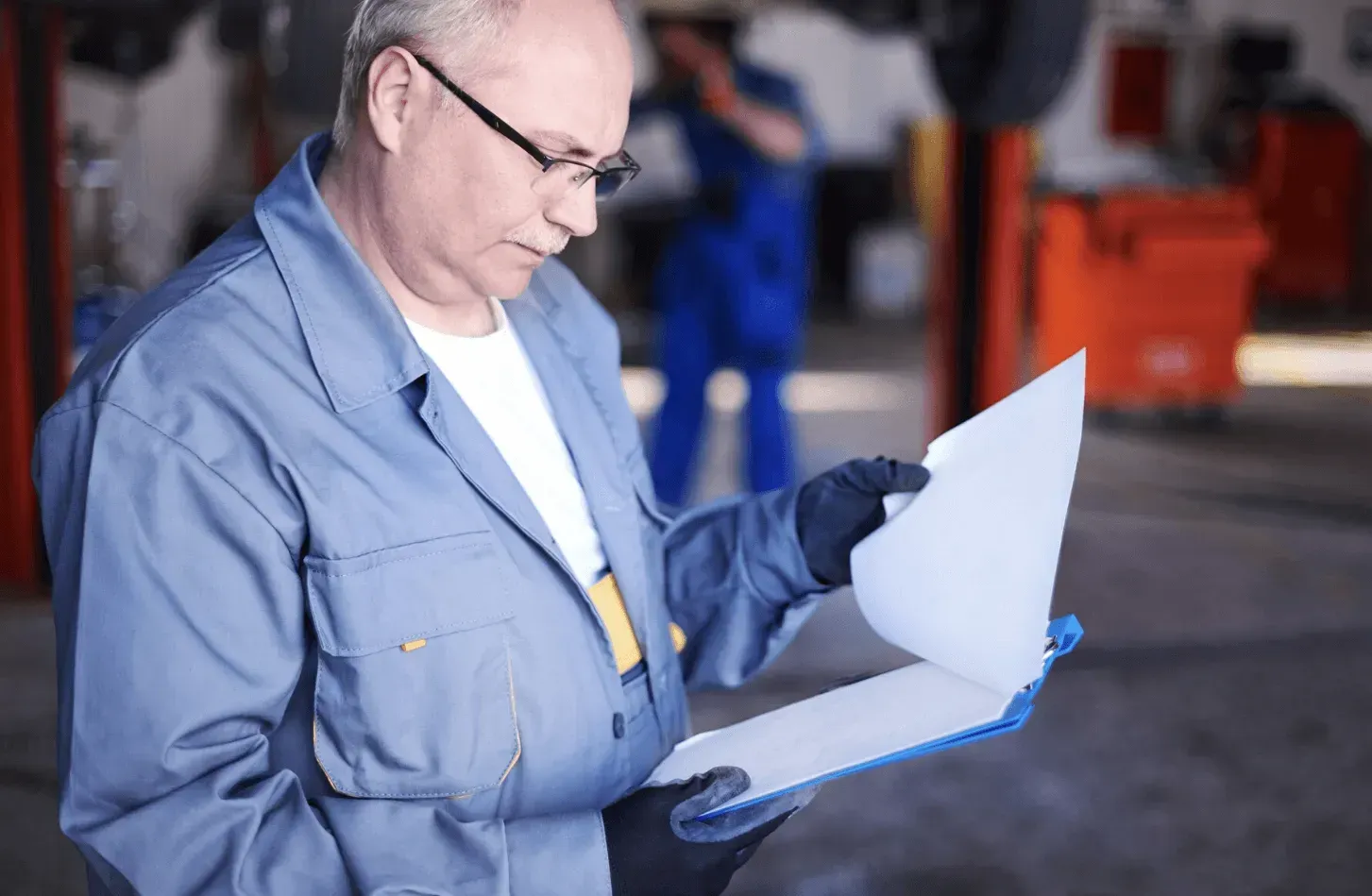
Guarantee by the Declarant
The declarant is responsible for providing a sufficient guarantee to support the customs transit of goods. This guarantee may take the form of cash, insurance policies, or other instruments approved by DIAN. The guarantee must be submitted before transit authorization to ensure that duties can be collected in case of any unforeseen events.
Obligations of the Carrier
Carriers also have clear responsibilities in the customs transit process. They must ensure that goods are transported in accordance with the conditions specified in the transit document.
Their key obligations include:
- Verifying that the cargo is correct and properly documented.
- Ensuring safe transport in compliance with customs and security regulations.
- Notifying DIAN of any incidents during transport that could affect the operation, such as losses or damage.
Departure and Destination Customs Offices
The departure and destination customs offices are critical points in the customs transit process. The departure customs office is where the process begins, and the destination customs office is where transit ends and goods may be nationalized.
The declarant and carrier must comply with the specific requirements of each customs point to avoid delays or penalties. This includes presenting necessary documents and adhering to local regulations.
Proper handling of these customs checkpoints ensures a smooth process and reduces the risk of legal issues during goods transit.
Role of DIAN and Current Regulations
The National Directorate of Taxes and Customs (DIAN) plays a central role in regulating customs transit. Its mission is to ensure compliance with rules and procedures, enabling secure and efficient foreign trade.
DIAN’s Functions in Customs Transit
- Regulation of Operations: DIAN sets the requirements for customs transit, ensuring proper control of goods in transit.
- Control and Monitoring: It supervises goods under transit to ensure compliance with regulations.
- Collection of Duties: Through the DTA, it ensures proper collection of customs fees, supporting operational costs.
- Training and Education: DIAN offers training for trade actors, helping them understand customs laws and procedures.
Applicable Customs Legislation
Customs transit is governed by national regulations that ensure transparency and fairness. Key legal instruments include:
- Decree 1165 of 2019: Regulates the customs transit regime, including its procedures and modalities.
- Commercial Code: Offers general guidelines on international trade, including transit operations.
- Data Protection Laws: Ensure that sensitive information on goods and traders is handled appropriately under current regulations.
Review and Use of Technology
Advanced technology has transformed customs transit processes in Colombia. DIAN has integrated tools that allow for more efficient and effective inspections:
- Non-Intrusive Inspections: Use of scanning equipment to inspect container contents without opening them, speeding up clearance.
- Digital Platforms: Streamline document submissions and case tracking, improving communication between DIAN and users.
- Risk Management Systems: Use data analytics to identify high-risk operations, allowing better resource allocation.
DTA Request, Costs, and Exemptions
Understanding the process for requesting, paying, and obtaining exemptions for the Customs Procedure Fee (DTA) is essential for proper goods transit management.
Registration and Authorization by DIAN
To begin transit operations, companies must register and receive authorization from DIAN. This includes submitting documents that validate the company’s legal and operational standing.
DIAN evaluates the company’s background and its capacity to handle customs procedures effectively.
Filing of Customs Declarations (Pedimentos)
Once authorized, the company must submit pedimentos (declarations) for each transit operation. These documents formalize the intent to move goods through customs.
Each pedimento must include detailed information such as:
- Product descriptions
- Declared value
- Country of origin
Accuracy is crucial, as mistakes may lead to fines or delays.
Associated Costs and Payment Terms
DTA costs vary depending on the type of operation. Charges are generally calculated per declaration and may differ based on the goods’ nature and process complexity.
Typical charges include:
- Service fees for customs operations
- Inspection costs for high-risk shipments
- Additional administrative fees if applicable
DIAN offers flexible payment options, but it is essential for companies to respect payment deadlines. Payments can be made via bank transfers or credited to DIAN-authorized accounts.
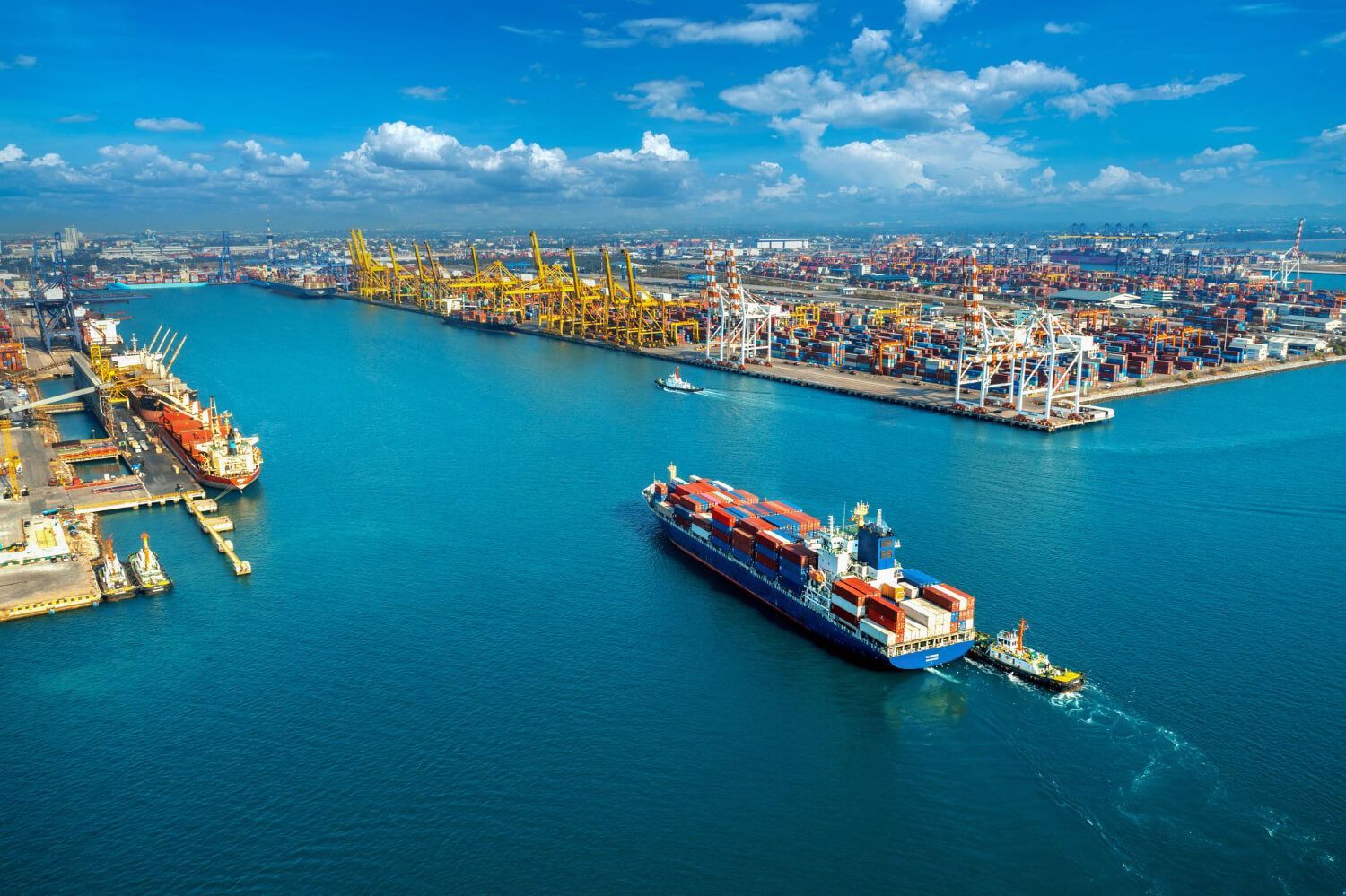
DTA Exemption Scenarios
There are specific cases in which companies may be exempt from paying the Customs Procedure Fee (DTA). Identifying these opportunities is essential for optimizing operational costs. Below are some of the most common exemption scenarios:
- Temporary Export: Applies to goods used for temporary purposes such as fairs or demonstrations, provided the relevant regulations are met.
- Temporary Import for Repair: Goods undergoing maintenance or repairs may qualify for exemption, as long as re-exportation is guaranteed.
- Goods Without Commercial Value: Products used exclusively for social or charitable purposes may not be subject to DTA payment during transit.
Companies must provide proper documentation to support the exemptions and ensure the process complies with DIAN’s established regulations.
Legal Implications and Responsibilities
Compliance with customs regulations is essential for the legal transit of goods. There are significant legal implications and responsibilities for all involved actors.
Regulations and Penalties
Customs regulations define the legal framework for the movement of goods. Violations can lead to serious penalties, including:
- Financial penalties, often proportional to the value of the goods.
- Seizure of goods, especially in cases of smuggling or major violations.
- Temporary suspension of the company’s customs operations.
- Blacklisting, which can damage a company’s reputation and future trade capabilities.
While current legislation guarantees the right to a defense in sanction procedures, ignorance of the law does not exempt one from liability.
Responsibilities of Customs Users
Customs users—importers, exporters, or transporters—have several obligations to ensure proper customs procedures:
- Provide accurate and truthful information in transit documents.
- Submit all required documents within the deadlines established by DIAN.
- Comply with guarantee regulations, ensuring duties are properly backed.
- Cooperate during inspections, allowing access to information for verification.
Both the declarant and the transporter play a key role in ensuring compliance and smooth cargo transit.
Consequences of Non-Compliance
Failure to comply with customs responsibilities can have multiple consequences, including:
- Economic impact, such as fines and additional regularization costs.
- Delays in cargo release, disrupting supply chains.
- Loss of trust among partners and customers.
- Legal actions, as authorities may launch investigations or legal proceedings.
Thus, continuous training in legal and regulatory matters is critical to minimizing risks and maintaining operational efficiency.
FAQs about DTA and Customs Transit
This section answers common questions about the DTA and customs transit procedures to help clarify essential concepts and processes.
How Does DTA Differ from Other Customs Procedures?
- Purpose: DTA covers the cost of using customs services, while other procedures may involve import/export permits or classification.
- Documentation: DTA usually requires a customs declaration (pedimento), while others may need additional certificates.
- Costs: DTA involves a fixed fee; other processes may vary depending on product type and complexity.
What Are the Procedures for In-Transit Goods?
In-transit goods must follow specific steps to move legally between customs points:
- Sworn Declaration: Confirms the origin and regulatory compliance of the goods.
- DTA Authorization: Required to enable transit; ensures duties are paid.
- Guarantee Requirements: Guarantees by the declarant and transporter to cover potential taxes or sanctions.
Extensions and Special Authorizations
Time management is crucial in international trade. Extensions may be requested under certain circumstances:
- Formal Requests: Must be submitted before the deadline.
- Justification: Administrative, logistical, or unforeseen delays must be explained.
- Special Authorizations: Some cases may require DIAN or third-party approval, depending on product type and origin.
Optimization and Improvement of Customs Processes
Improving customs processes increases efficiency in international trade.
Technologies to Streamline Procedures
- Customs Management Systems: Facilitate document submission and tracking.
- Electronic Data Interchange Platforms: Enhance communication across stakeholders.
- Data Analytics Software: Identify patterns and potential risks in trade operations.
These tools reduce processing time, increase transparency, and limit corruption.
Cost Reduction Strategies
Reducing customs costs boosts competitiveness. Strategies include:
- Expense Review: Optimize payments and avoid unnecessary charges.
- Staff Training: Prevent errors and penalties through employee education.
- Shipment Consolidation: Combine goods to reduce declarations and related fees.
Strengthening Customs Control
Strong customs control ensures the legality and effectiveness of transit processes.
Strategies include:
- Ongoing training for customs officers on local and international regulations.
- Non-intrusive inspection tools, such as scanners and drones.
- International cooperation to exchange information and best practices.
A robust control system benefits all parties and fosters secure, predictable trade.



